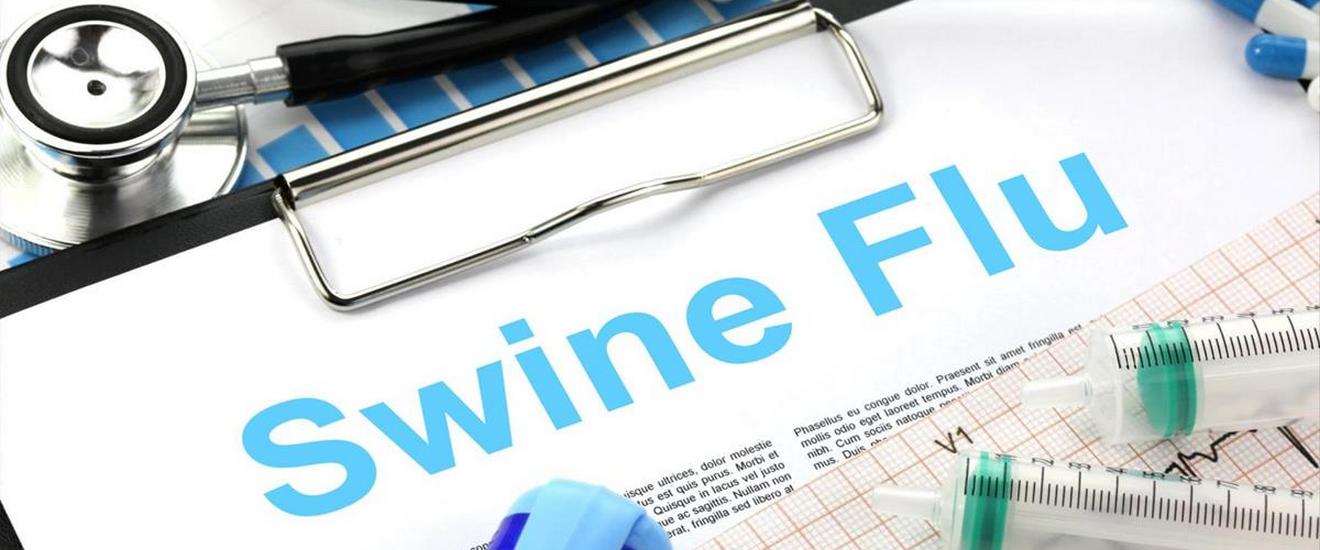Court Data
Did the Swine Flu Outbreak Affect Judicial Output?
Comparative Analysis of the measures taken by the Court during the COVID-19 pandemic with measures taken during the swine flu outbreak.

Starting on March 16th 2020, the Supreme Court began to only hear urgent matters to help prevent the spread of the COVID-19 (corona virus disease) pandemic. Understandably, this will reduce the Supreme Court’s productivity. The question which remains to be seen is by how much?
Perhaps we can gain some insights by looking into what happened over the course of the last few weeks when the Court was hit by a swine flu outbreak. Around the end of February, six Supreme Court judges caught swine flu (H1N1). As a result, the Court had to adjourn several hearings, including Constitution Bench matters such as the Sabarimala Referral case. Did this reduce the Court’s productivity?
One way of assessing the court’s productivity is by looking at how many judgments it has delivered.* Intuitively, one would assume that swine flu outbreak would reduce the number of judgments the Court could deliver. However, when we compare the judgment output from 2020 (for the period February 15th to March 15th) to that of the past five years, there was no significant drop. From February 15th 2020 to March 15th 2020, the Court produced 94 judgments. In comparison, the five-year average for the March 15th– February 15th period is 110 judgments.
As Figure 1 illustrates, with the exception of 2019, the Court consistently produced between 89 and 100 judgments for the one-month period in question.
March 18th 2020
Of course, there are variations in the number of days the Court is in session between February 15th and March 15th in any given year. February experiences leap days, increasing the number of days in the month roughly every four years. Further, between the end of February and middle of March, the Court closes for Holi vacation for a week every year.
To control for this, we calculated how many judgment the Court was delivering per working day in the given period, for the years 2015 through 2020. In Figure 2, we see that in 2020, the Court produced close to the average, producing 4.09 judgments per working day. Clearly, even if we control for the fluctuations in the number of days between February 15th and March 15th, we see that the judgment output did not significantly reduce due to the swine flu outbreak.
Figure 2
Figures 1 and 2 do not necessarily show that the swine flu outbreak will not have any effect on judgment output. In general, there is a time lag between when the court finishes hearing a case and when it delivers a judgment. Perhaps we will observe the effect of the swine-flu outbreak on judgment output a few weeks from now.
Ultimately, it is difficult to ascertain whether the effects of the swine flu outbreak can predict those of the COVID-19 pandemic. Clearly, it would be overly optimistic to conclude from the above data that COVID-19 will have little effect on the number of judgments delivered. Mainly as it is unclear how long the Court will remain partially closed for. If the COVID-19 protocol remains in place past March, we should observe a significant reduction in the number of judgments the Court delivers.
We will revisit the situation in April.
